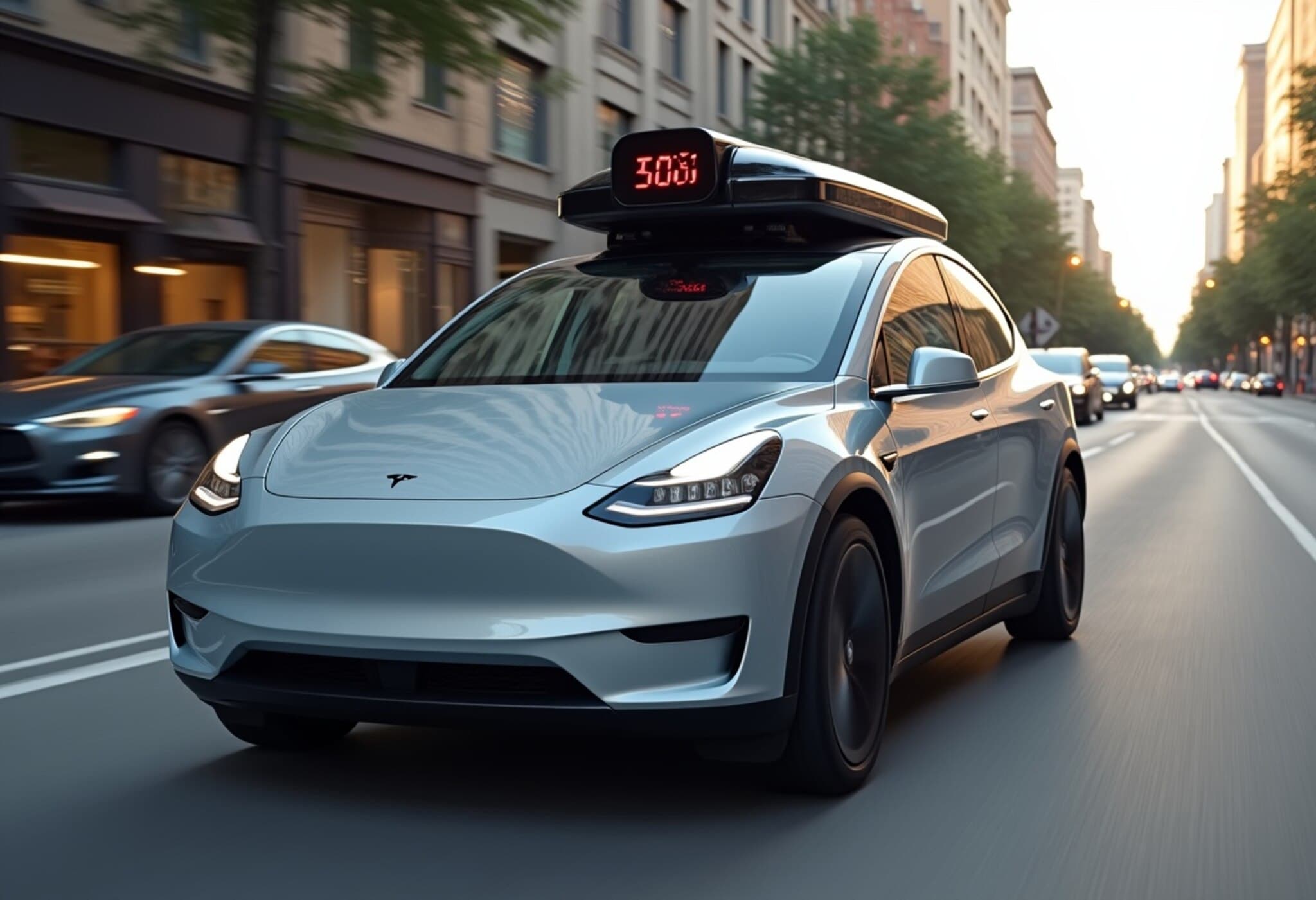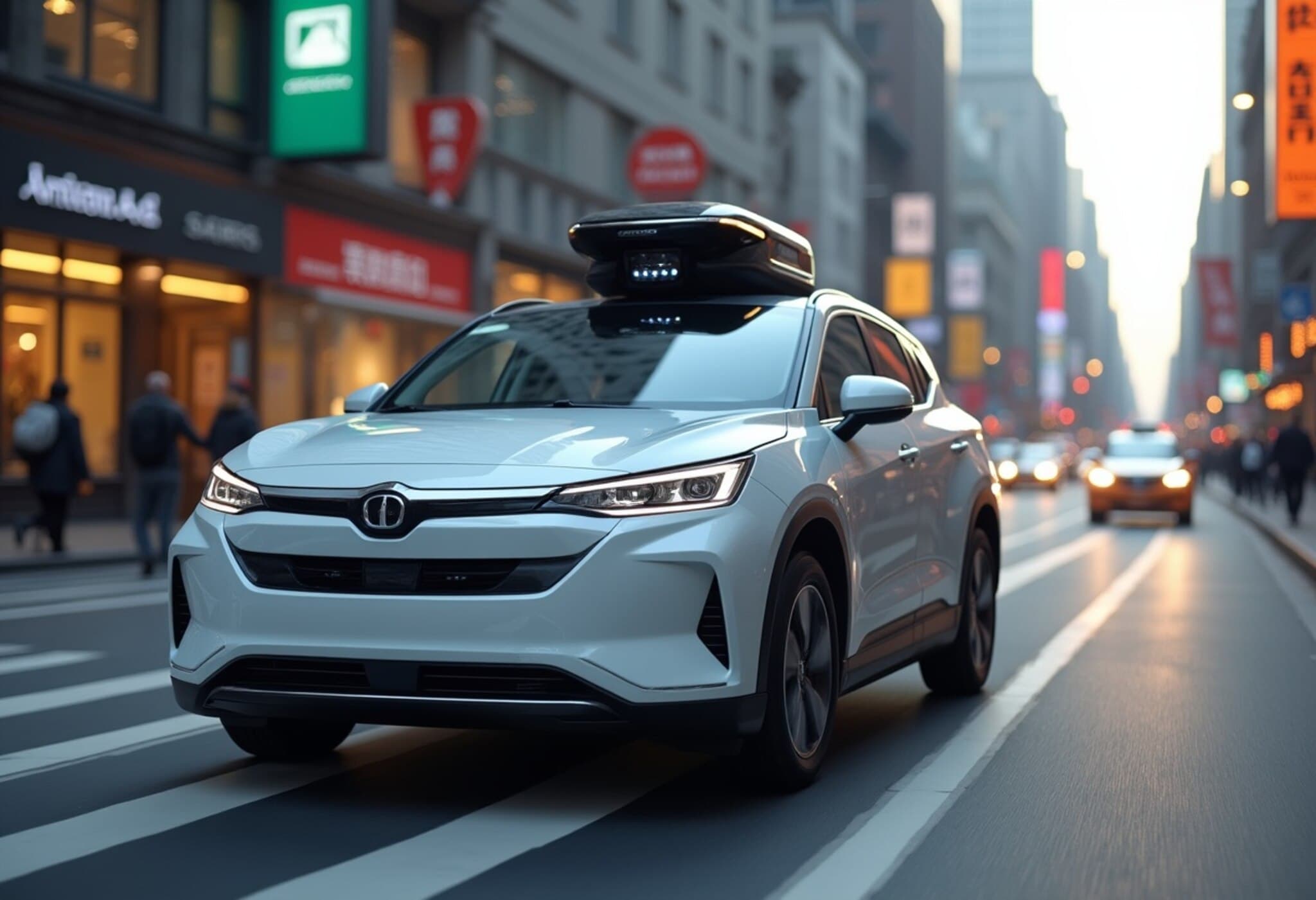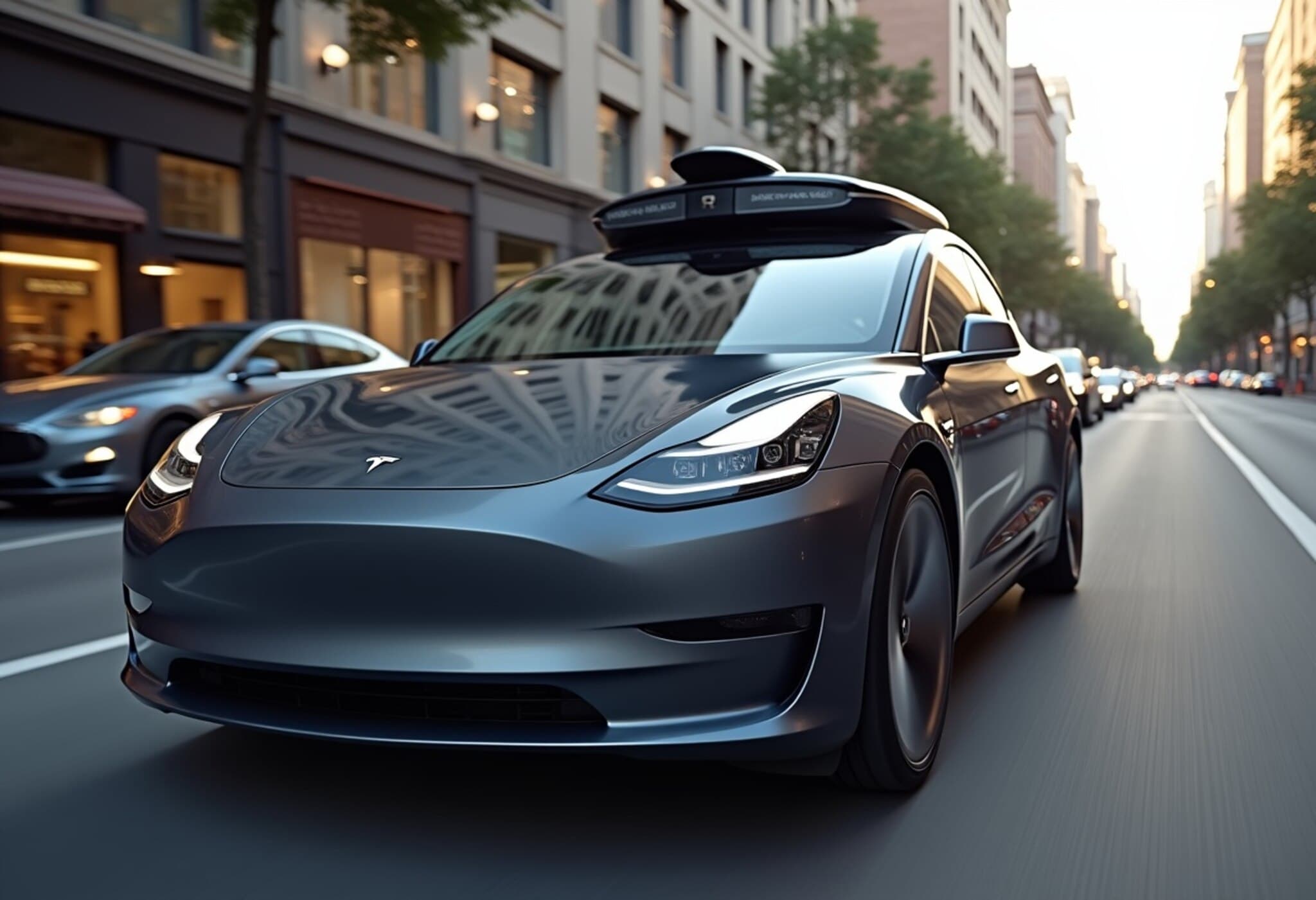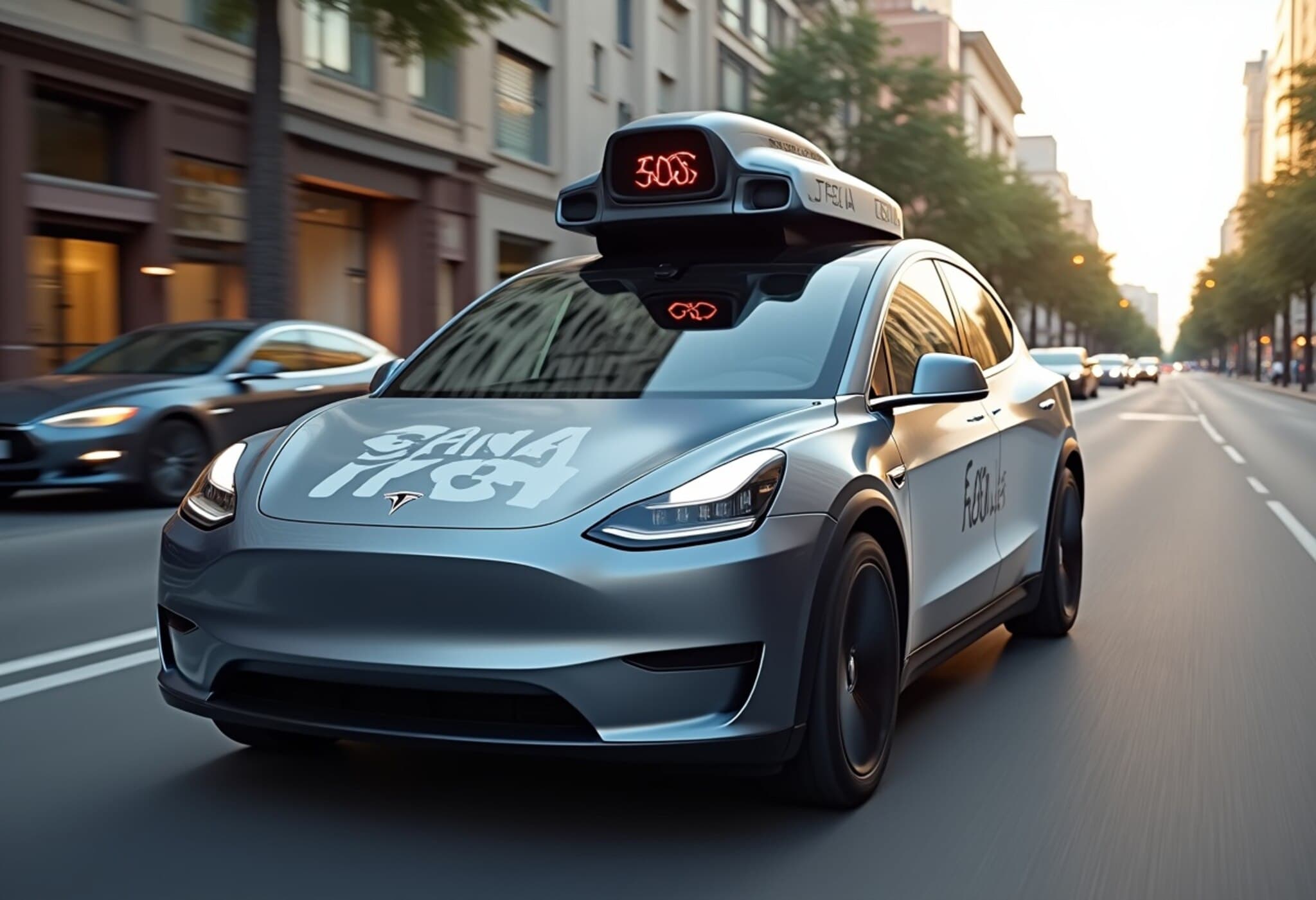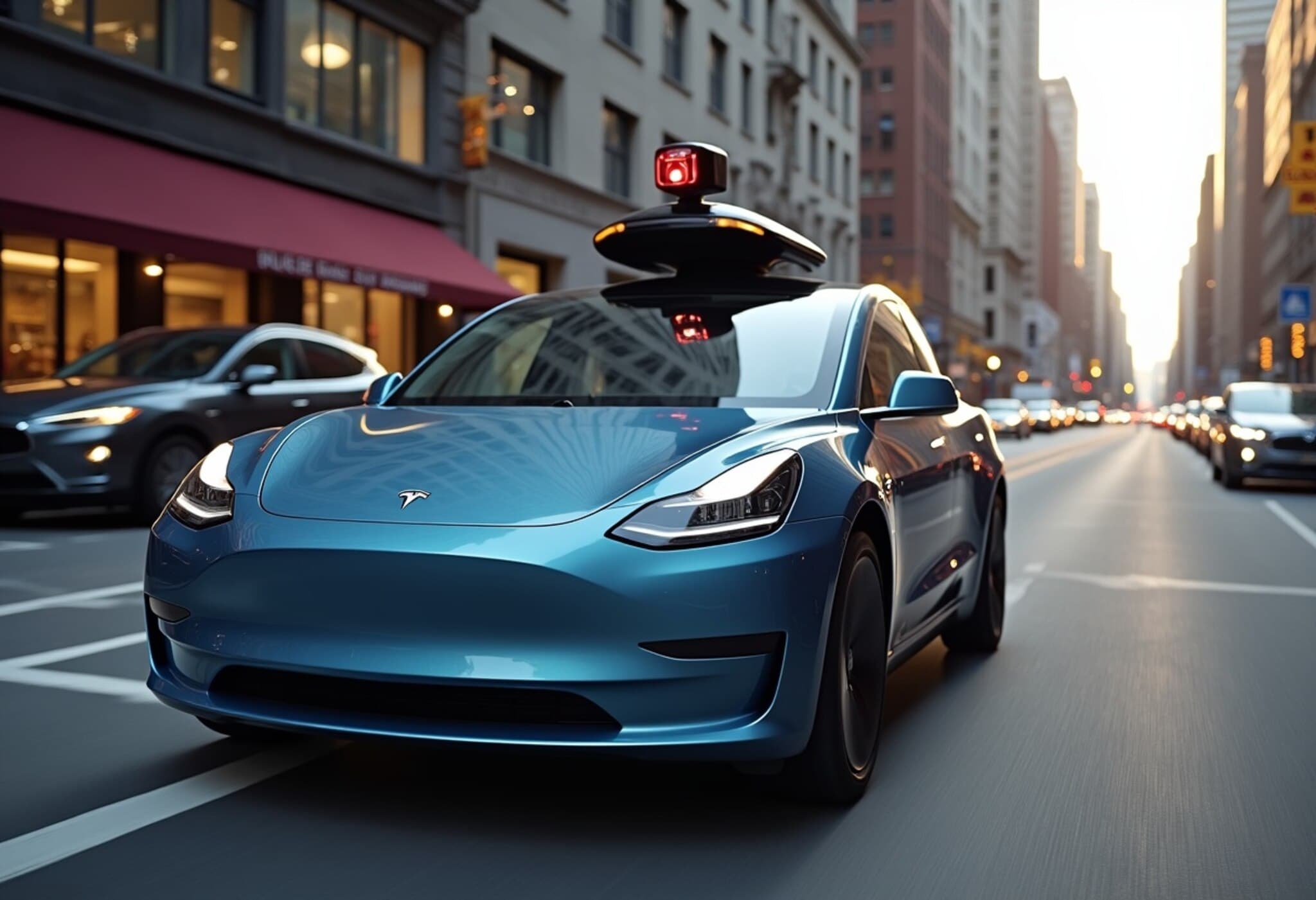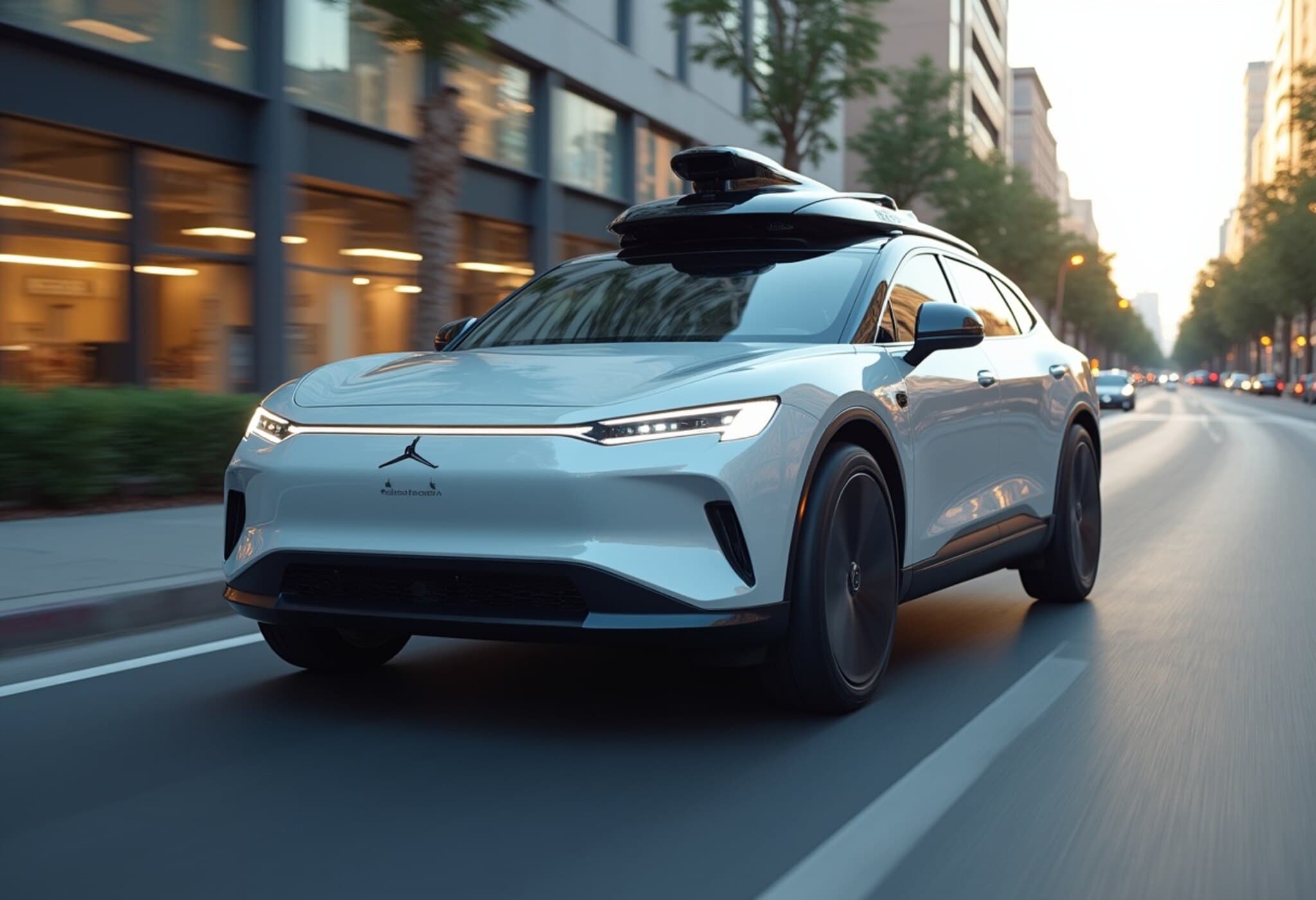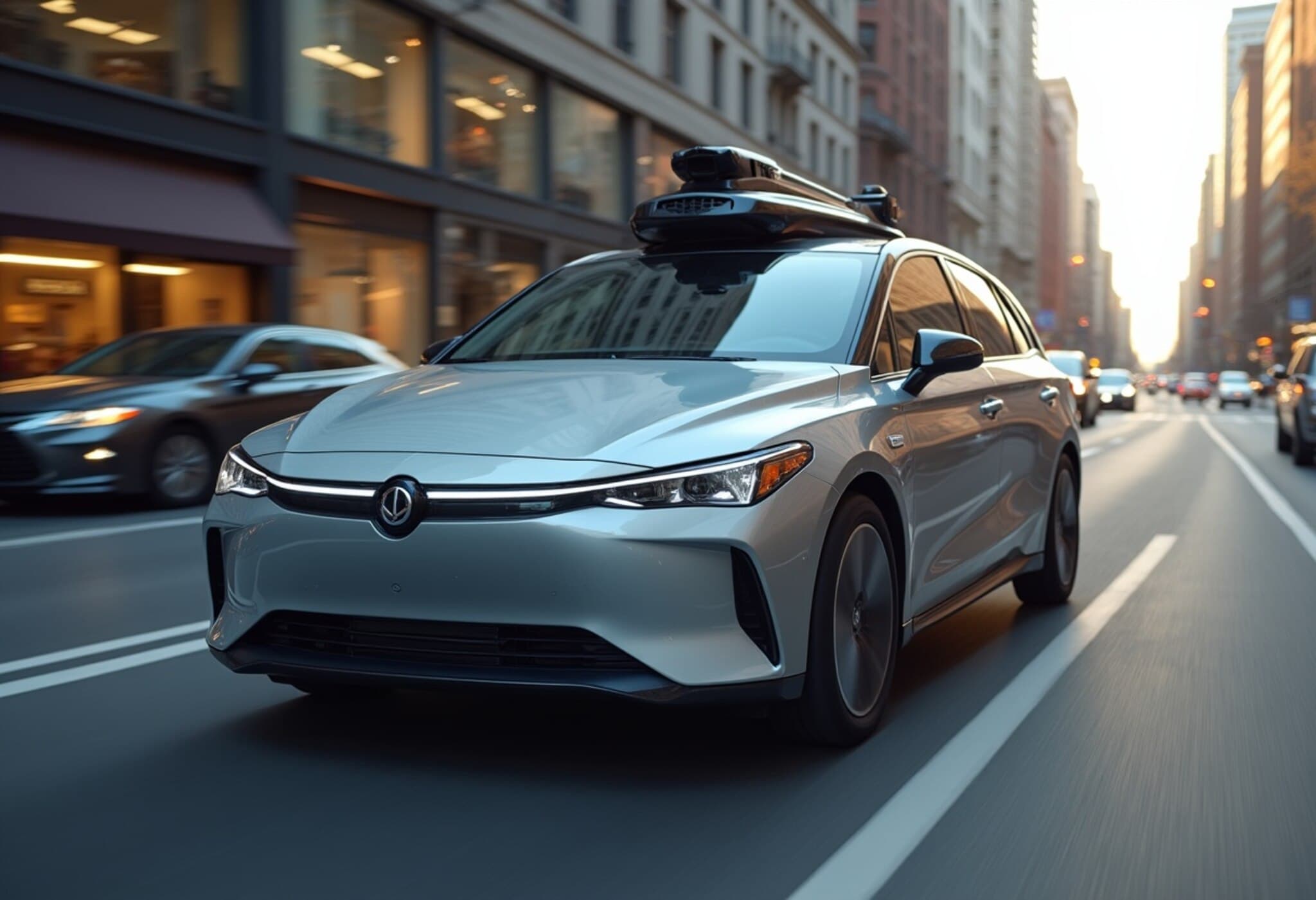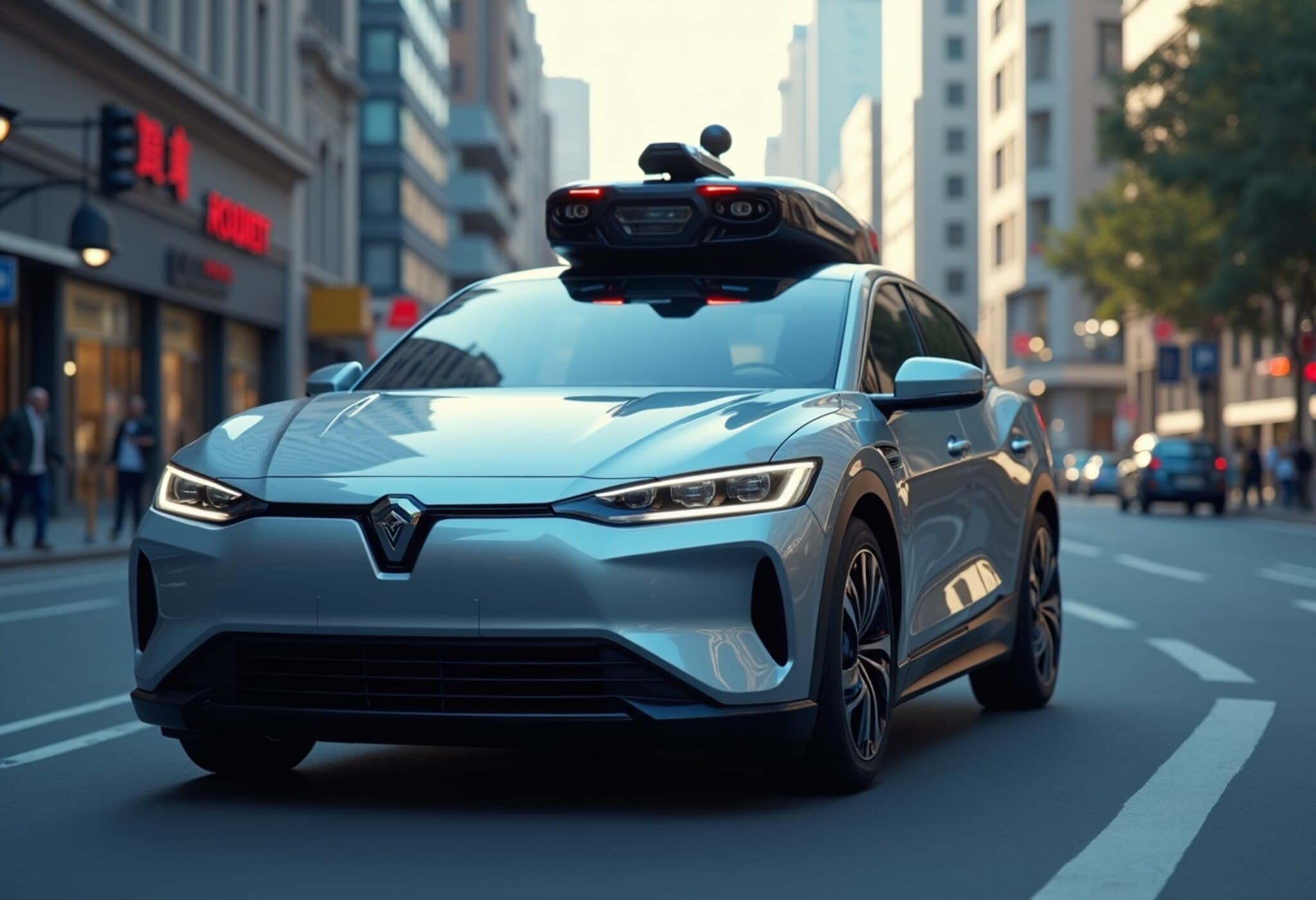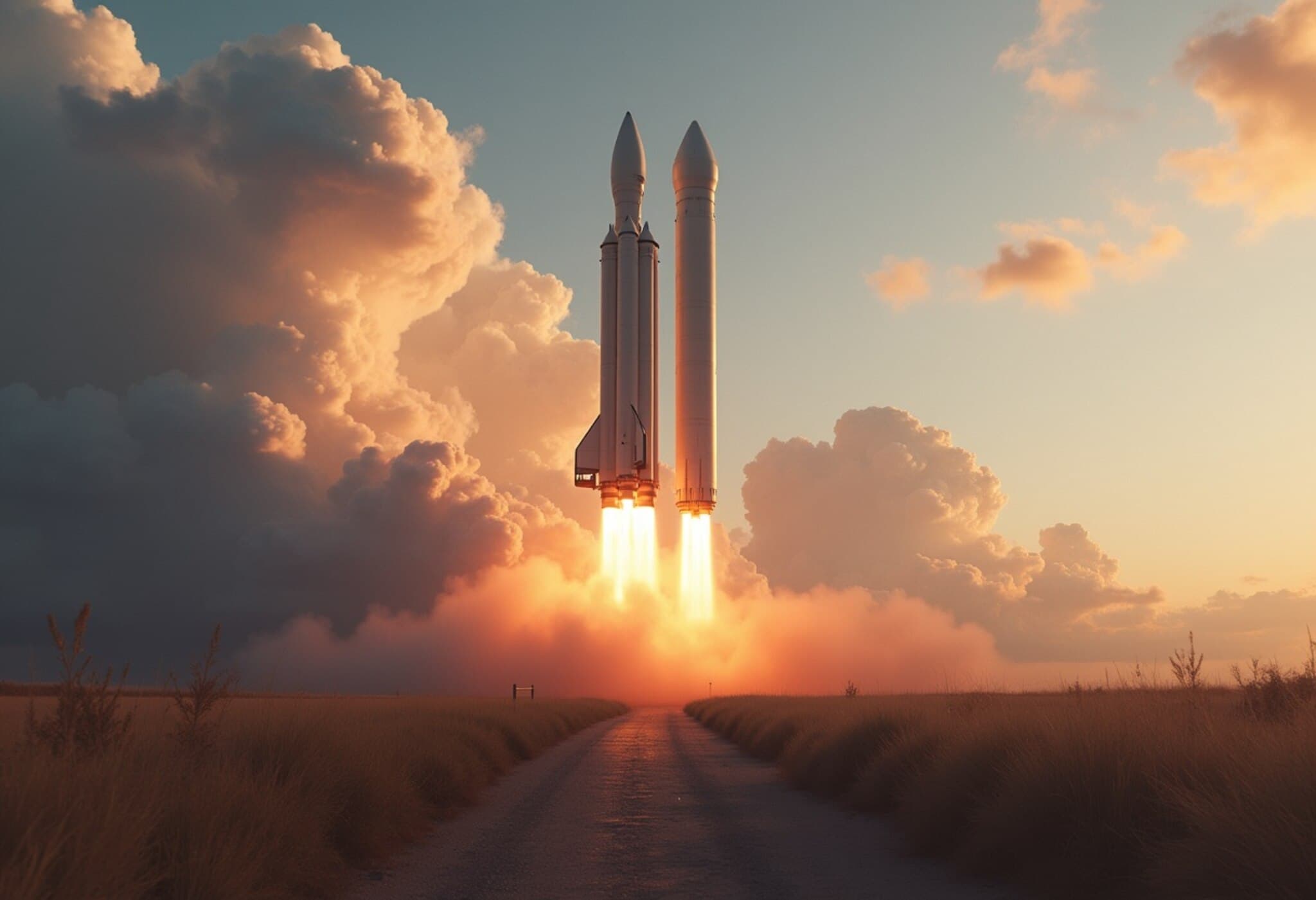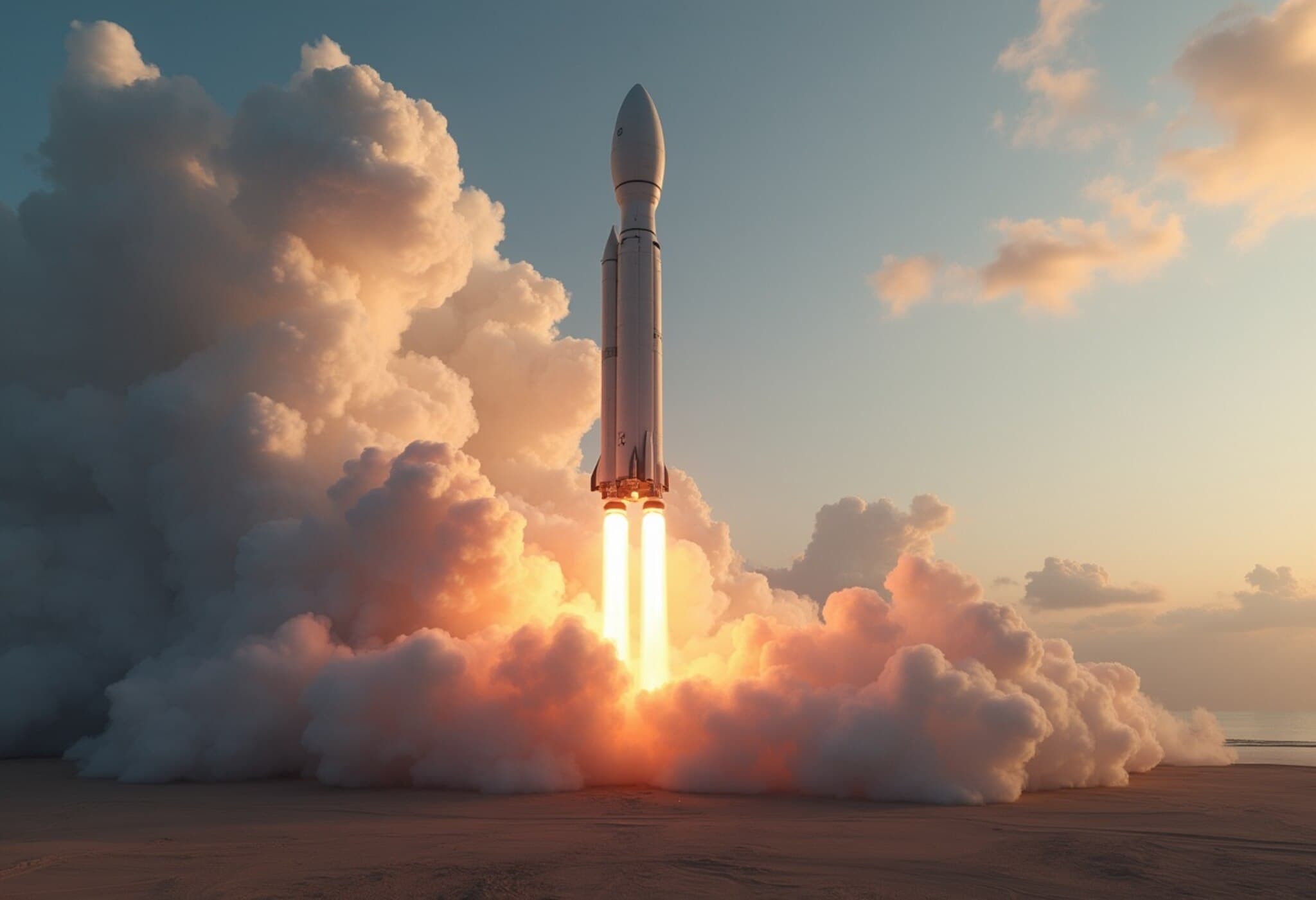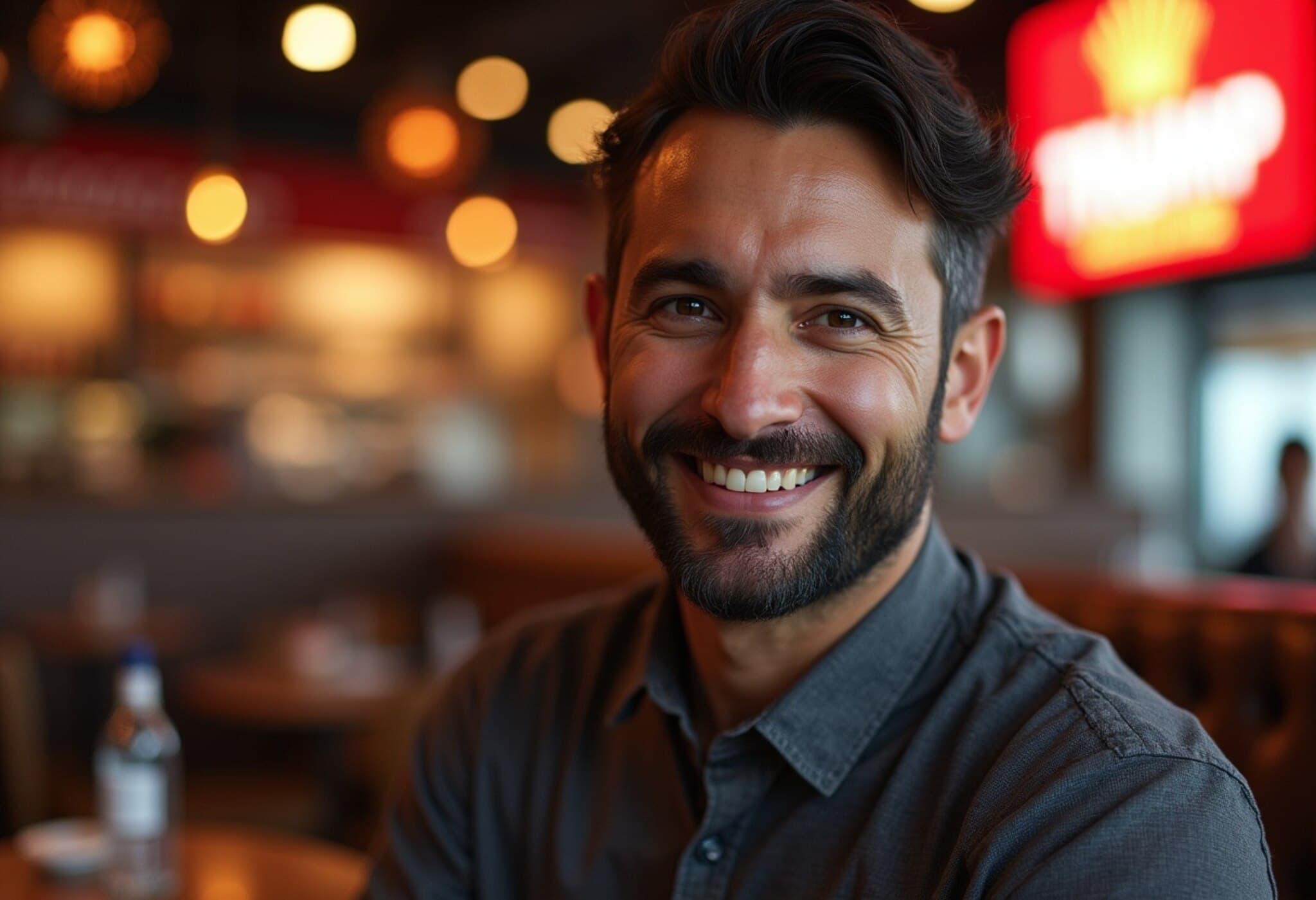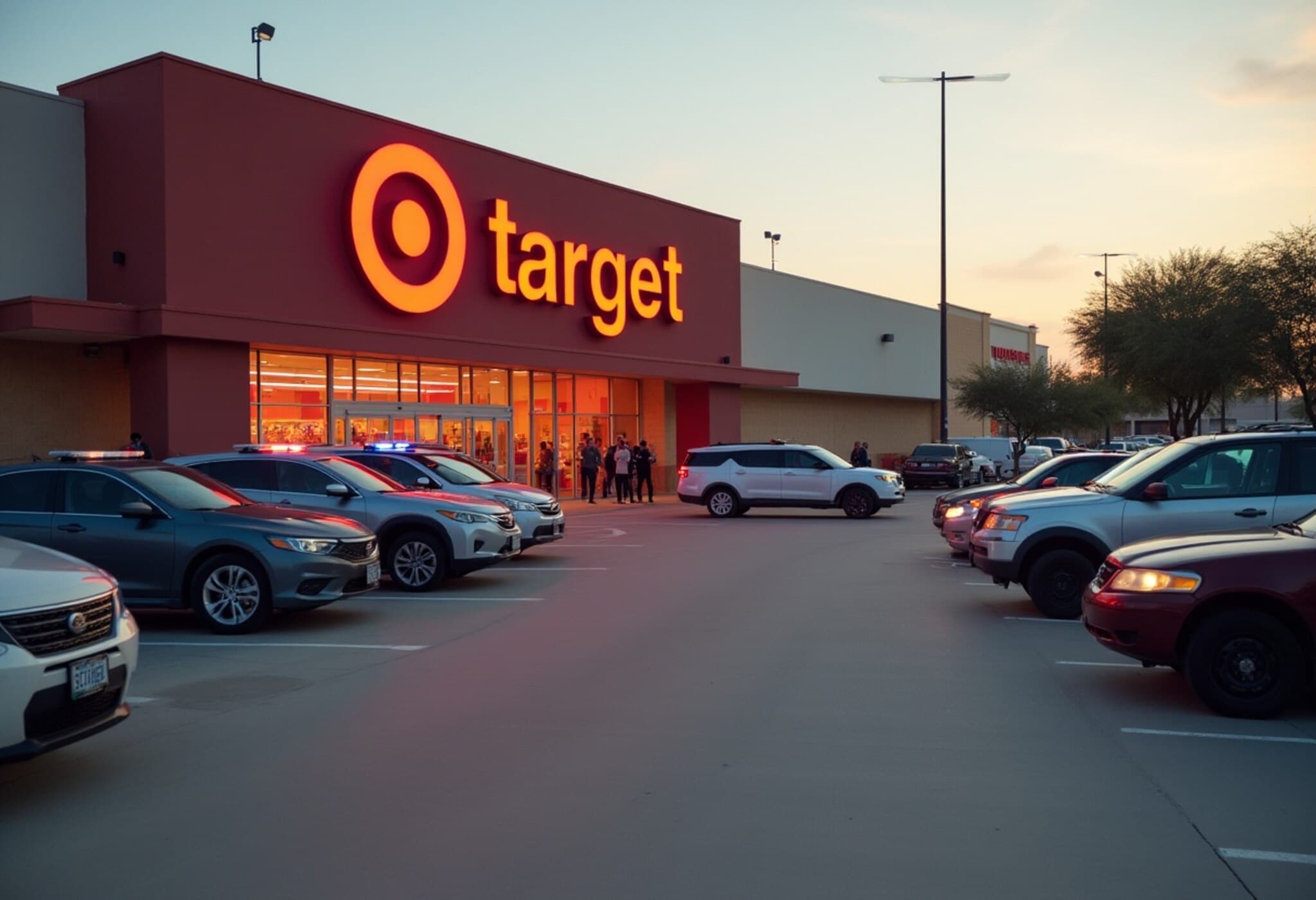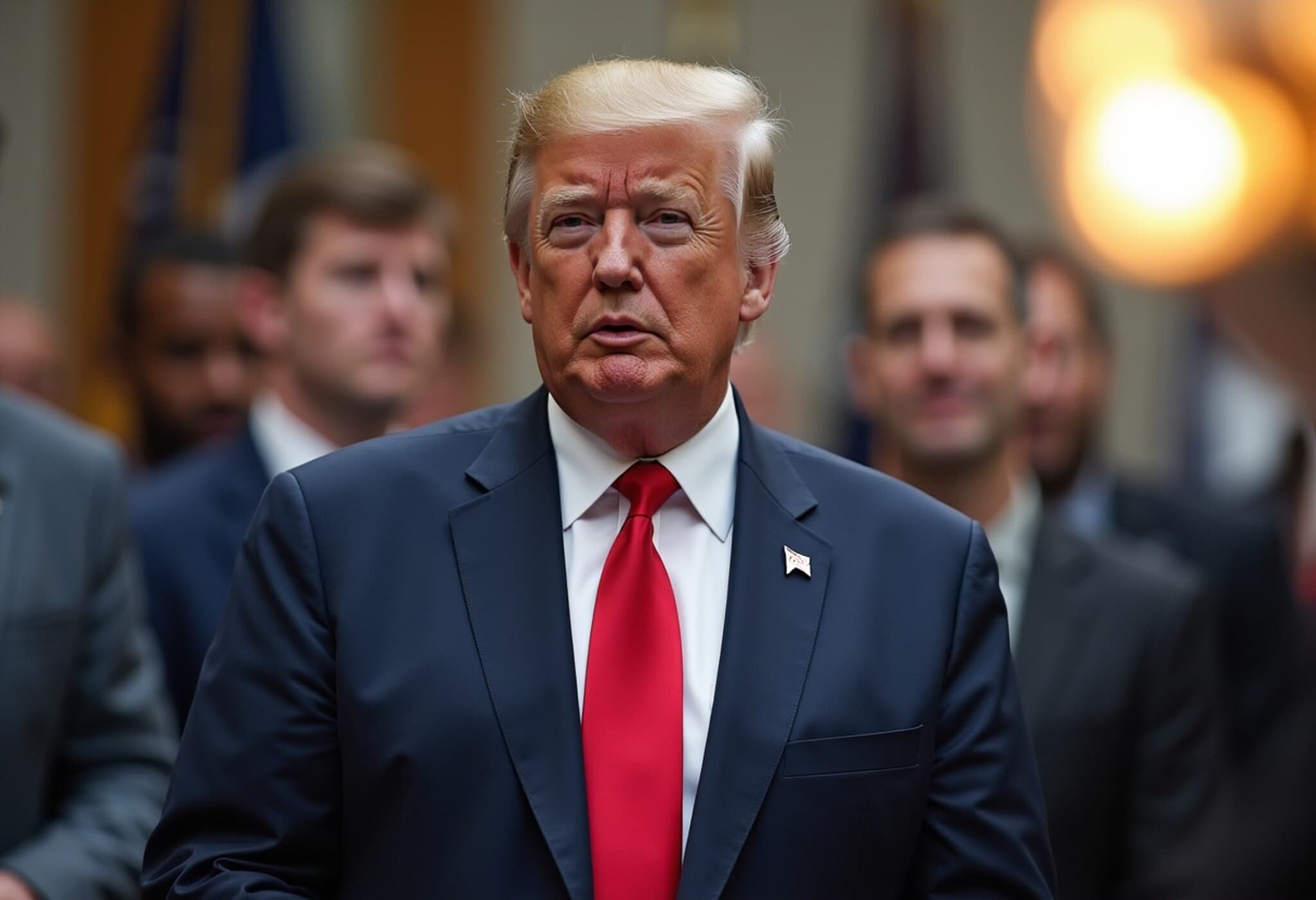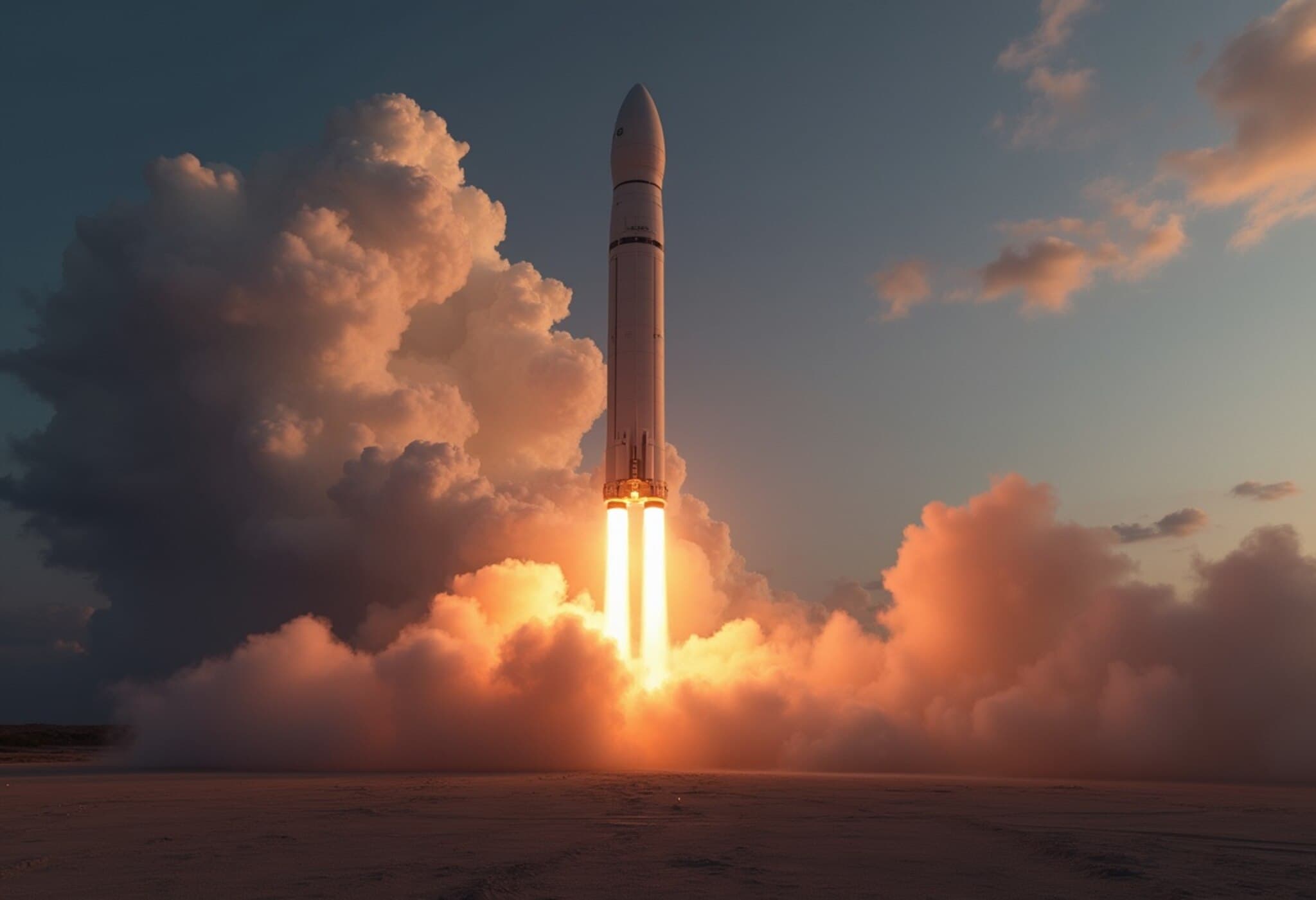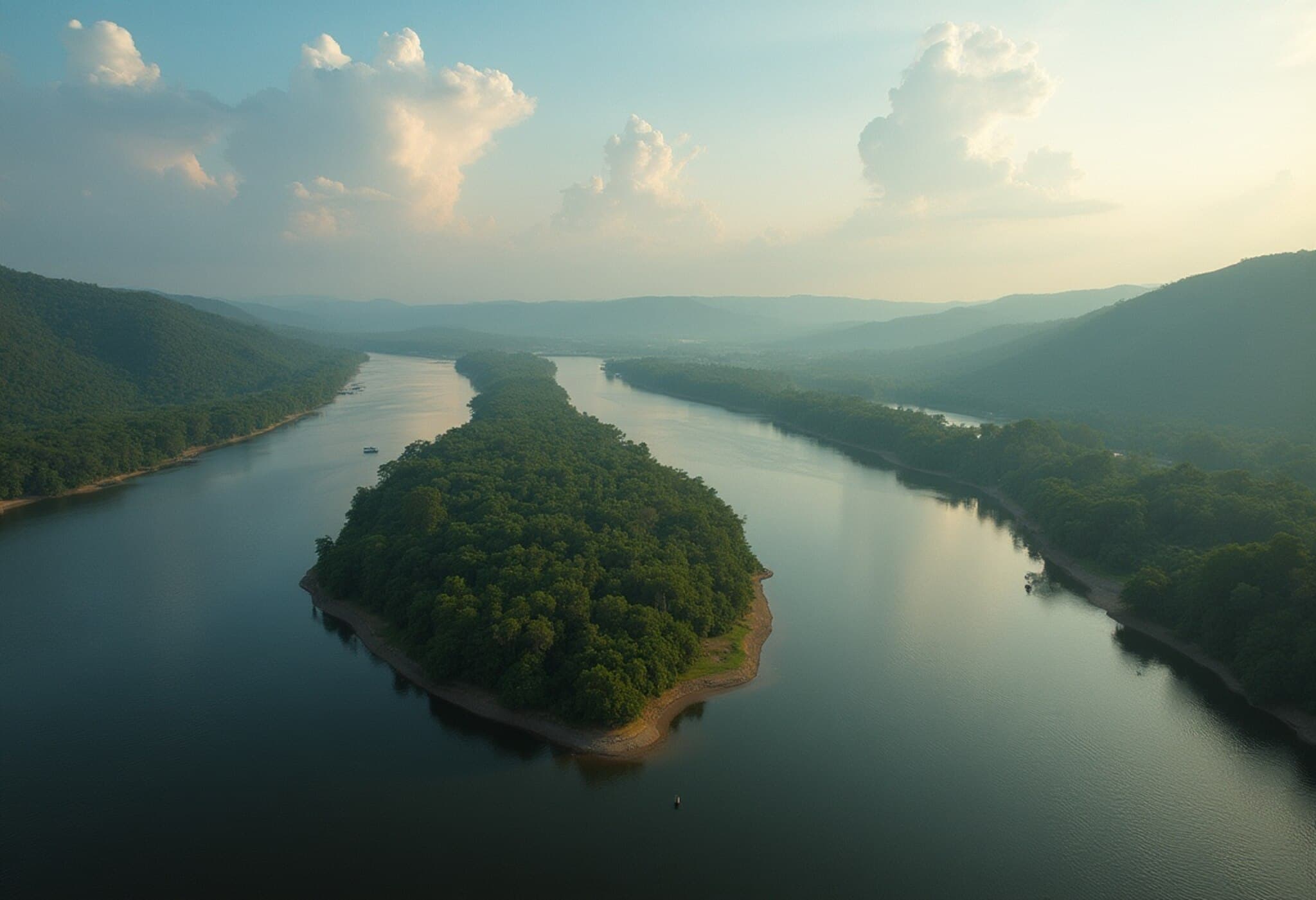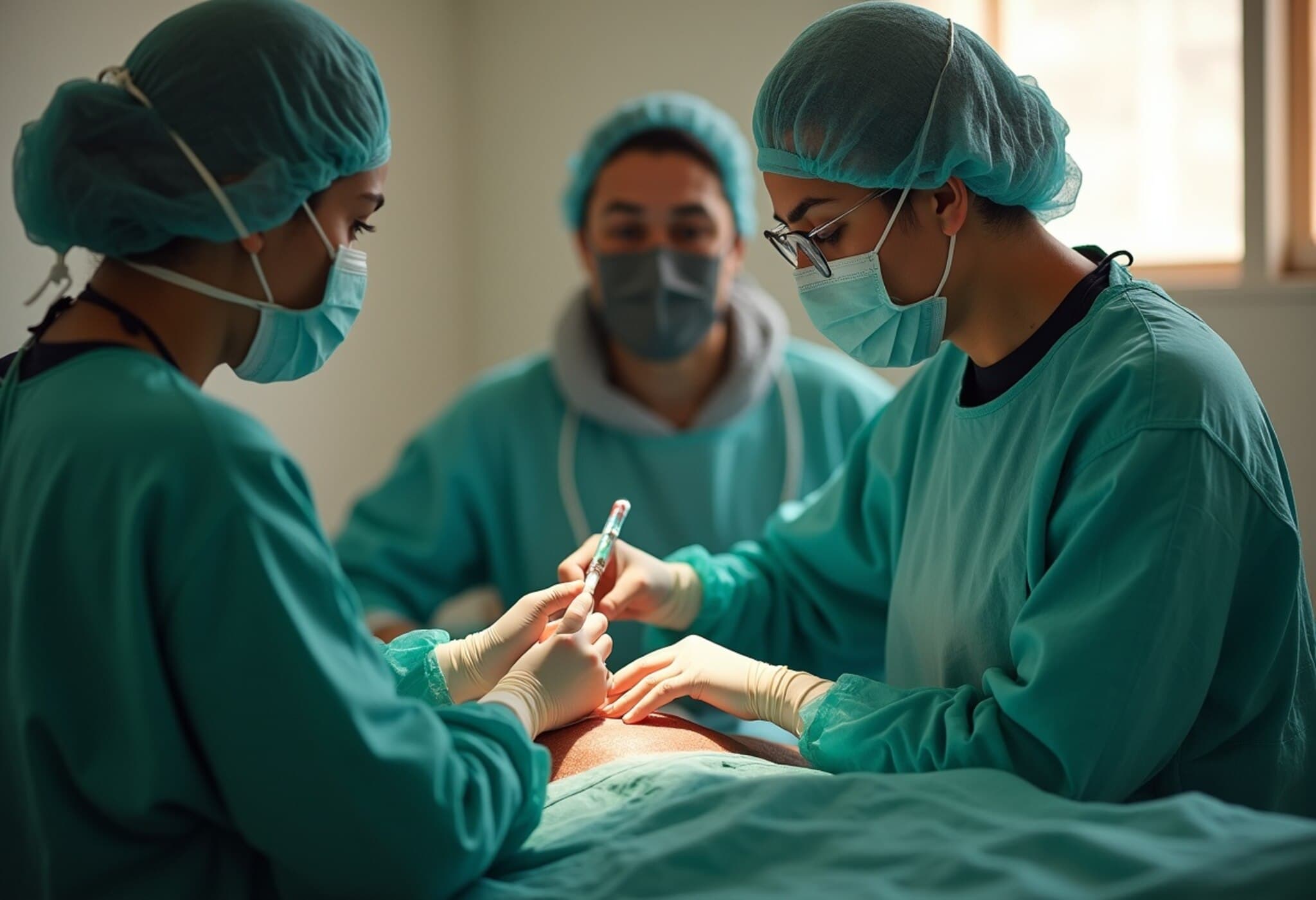Tesla Gains Green Light for Robotaxi Service in Texas
In a significant development for the autonomous vehicle industry, Tesla has received a permit to operate a ride-hailing service in Texas under its subsidiary, Tesla Robotaxi LLC. This approval from the Texas Department of Licensing and Regulation (TDLR) authorizes Tesla to run a transportation network company in the state until August 6, 2026, signaling a major step forward in Tesla’s ambitions to revolutionize urban transportation.
From Pilot Testing to Statewide Operations
Since late June, Tesla has been quietly running a limited pilot ride-hailing program in Austin. The fleet, composed predominantly of Model Y vehicles equipped with Tesla’s latest driver-assist technologies, has been transporting a select group of passengers — mostly social media influencers and analysts who create content around Tesla’s innovative technology.
What distinguishes this pilot program is the mandatory presence of human safety supervisors in the front passenger seat. These individuals act as valets, ready to take over control if the autonomous systems encounter difficulties. Additionally, Tesla’s operations center provides remote monitoring, ensuring an extra layer of oversight during rides.
Texas’ Progressive Stance on Autonomous Vehicles
Texas has long positioned itself as a frontrunner in supporting autonomous vehicle testing. The permit granted this week is especially noteworthy because it permits Tesla to deploy automated motor vehicles statewide without requiring a human safety driver on board—potentially paving the way for fully driverless ride-hailing services.
This regulatory flexibility contrasts with many other states and aligns with Texas Governor Greg Abbott’s recent legislation providing the Department of Motor Vehicles greater authority to regulate autonomous vehicle operations, including safety compliance and permit revocation.
Challenges and Controversies Surrounding Tesla’s Autonomous Ambitions
Despite Tesla CEO Elon Musk’s unwavering optimism—he has previously predicted Tesla’s autonomous ride-hailing service could cover half the U.S. population by the end of 2025—the journey has been fraught with hurdles. Incident reports surfaced during the Austin pilot program, including a notable case where a Tesla robotaxi failed to halt at a train crossing signal, necessitating manual intervention.
Such incidents have drawn scrutiny from the National Highway Traffic Safety Administration (NHTSA), highlighting ongoing safety and regulatory challenges. Furthermore, Tesla faces multiple federal investigations, product liability lawsuits, and recalls connected to its Autopilot and Full Self-Driving (FSD) technologies. For instance, a recent Miami federal court ruling attributed 33% liability to Tesla in a fatal accident involving Autopilot.
Adding to the controversy, the California Department of Motor Vehicles has sued Tesla for allegedly misrepresenting the capabilities of its driver assistance systems, pointing to inconsistent messaging that sometimes suggests fully autonomous driving, despite disclaimers that the system requires active driver supervision.
Market Position and Industry Context
While Tesla was among the pioneers to promise a future of fully autonomous vehicles, with lofty claims dating back to 2016 and a bold announcement of launching one million robotaxis by 2020, the company has yet to realize these ambitions. Competitors such as Waymo in the U.S. and Apollo Go in China currently lead the robotaxi market, with Tesla still catching up.
Financially, Tesla's share price has reflected these setbacks, declining by 18% year-to-date, underperforming compared to other major tech companies.
What’s Next for Tesla Robotaxi?
With the Texas permit now in hand, Tesla has the legal framework to expand its robotaxi operations statewide. Whether it can quickly scale beyond pilot programs and meet Musk’s optimistic projections remains to be seen. Success in Texas, a large and economically significant state, could serve as a blueprint for broader U.S. deployment, but only if safety issues, regulatory scrutiny, and public trust are thoroughly addressed.
Editor’s Note
Tesla’s foray into fully autonomous ride-hailing presents both exciting potential and significant challenges. Beyond the regulatory milestones and technical hurdles lie deeper questions around safety, liability, and consumer expectations. As Tesla navigates this complex landscape, close attention from regulators, industry experts, and the public will be crucial. This story is emblematic of the broader tension across the autonomous vehicle industry: rapid innovation colliding with the need for rigorous oversight.
Will Tesla’s robotaxi service become a national game-changer, or will regulatory and technical issues stall progress? The coming months in Texas could provide some answers.

